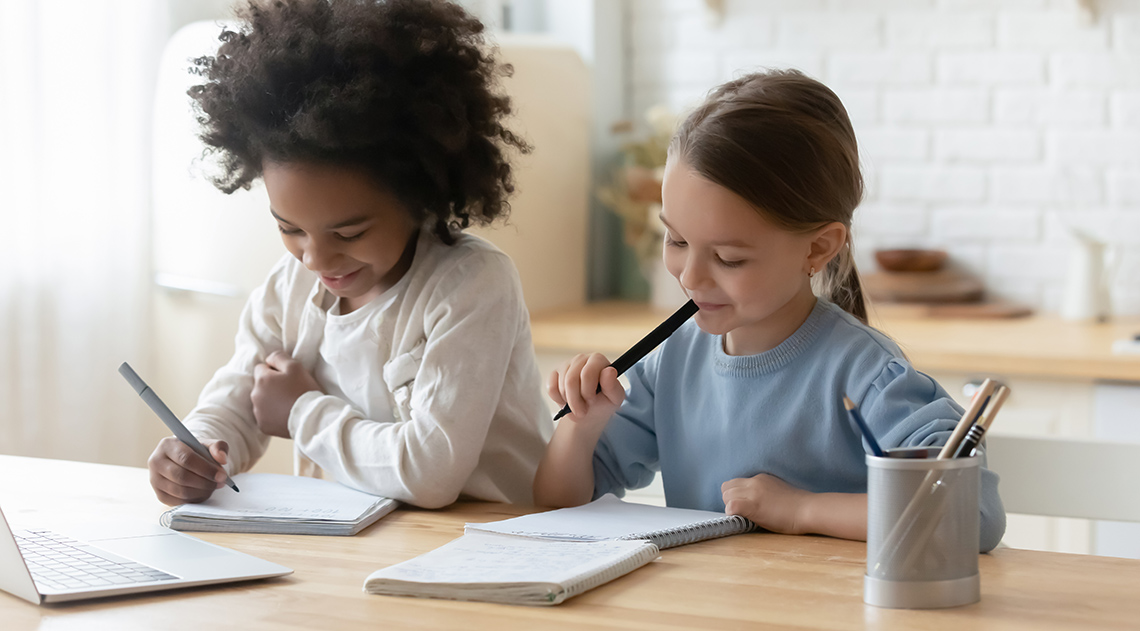Minds On
Types of oral texts
Explore the examples of oral texts in the following carousel:
Student Success
Think-Pair-Share
What are some kinds of oral texts and oral experiences that you have explored in the past?
Discuss with a partner, if possible.
Note to teachers: See your teacher guide for collaboration tools, ideas and suggestions.
Action
Identifying important information in oral texts
Messages and stories can be communicated using oral texts such as presentations, performances, conversations, video, audio, and many other forms.
Identifying and sharing only the most important ideas and information from an oral text helps us understand what is being communicated. It also helps us to share the information with others more clearly.
Brainstorm
How are messages communicated?
Think about the ways that messages and stories are communicated. What are some different ways you can communicate a message or story?
Record your ideas using a method of your choice.
Exploring oral texts
Let’s explore an oral text to determine the important information.
Press one of the following Types of Oral Text that you want to explore to access instructions and questions for determining the important information in that type of oral text.
Choose any news report to explore, or explore the following video of a news report about magnetic north.
Access the video “TVOK News Headlines – Week of Feb. 13 Pt. 2”:
When you are finished exploring a news report, answer the following questions:
- Who was involved?
- What happened?
- When did it happen?
- Where did it happen?
- Why did it happen?
- How did it happen?
Discuss your answers with a partner if possible, or complete the 5Ws and How Table in your notebook or using the following fillable and printable document. You can also use another method of your choice.
| 5Ws and How | |
|---|---|
|
Record answers to the questions below. |
|
|
1) Who was involved? |
|
|
2) What happened? |
|
|
3) When did it happen? |
|
|
4) Where did it happen? |
|
|
5) Why did it happen? |
|
|
6) How did it happen? |
|
Press the ‘Activity’ button to access 5Ws and How Table.
Choose any lesson or presentation to explore, or explore the following video of a lesson about adjectives and adverbs.
Access the video “Homework Zone – Adjectives and Adverbs”:
When you are finished exploring a lesson or presentation, answer the following questions:
- What is the main topic?
- What are the subtopics?
- What did I learn?
Discuss your answers with a partner if possible, or record your answers using a method of your choice.
Choose any interview or conversation to explore, or explore the following video of an interview with an astronomer.
Access the video “TVOK News The Big Picture – Astronomer Heidi White”:
When you are finished exploring an interview or conversation, answer the following questions:
- What was the main topic?
- What are the main details that were discussed?
- Were there any follow-up or action items?
Discuss your answers with a partner if possible, or record your answers using a method of your choice.
Choose any poem or song to explore, or explore the following audio clip and text of a poem.
“Blustery Day”
When you are finished exploring a poem, answer the following questions:
- What is the main theme?
- What are the important words?
- What are the important ideas?
Discuss your answers with a partner if possible, or record your answers using a method of your choice.
Think of a play, movie, television show, audio book, or any other oral story that you have enjoyed, then answer the following questions:
- Who are the characters?
- Where and when does it take place?
- What are the key events?
- What is the problem?
- What is the solution?
- How does it end?

Consolidation
Presenting the most important information
Use your answers from the Action activity to create a presentation about the most important information from the oral text that you explored.
Press ‘Presentation strategies’ to access a description of strategies you can use in your presentation.
|
Verbal cues |
intonation volume speed adjectives |
|
Non-verbal cues |
gestures facial expressions visual aids or props |
Practice presenting the most important information from the oral text that you explored. Once you feel like you are ready, share your presentation.
Present to a partner if possible, or record your presentation using video or audio. You can also record a detailed description of your presentation using a method of your choice.
Get feedback or complete a self-assessment
Get feedback from a partner if possible, or complete a self-assessment by responding to the following questions:
- Was my presentation clear and easy to follow?
- What can I do to improve future presentations?
Record your responses using a method of your choice.

Reflection
How do you feel about what you have learned in this activity? Which of the next four sentences best matches how you are feeling about your learning? Press the button that is beside this sentence.
I feel…
Now, record your ideas about your feelings using a voice recorder, speech-to-text, or writing tool.




